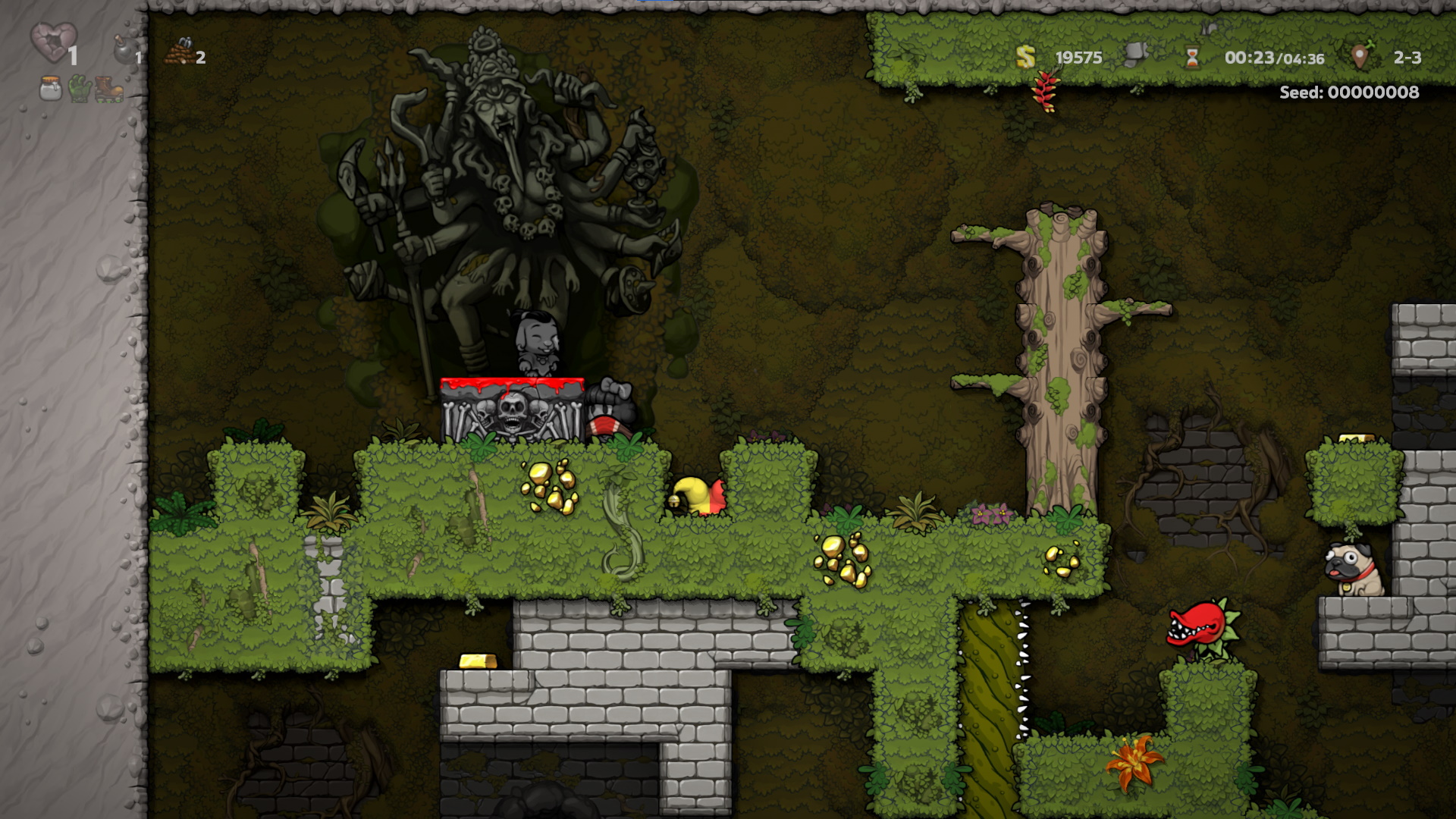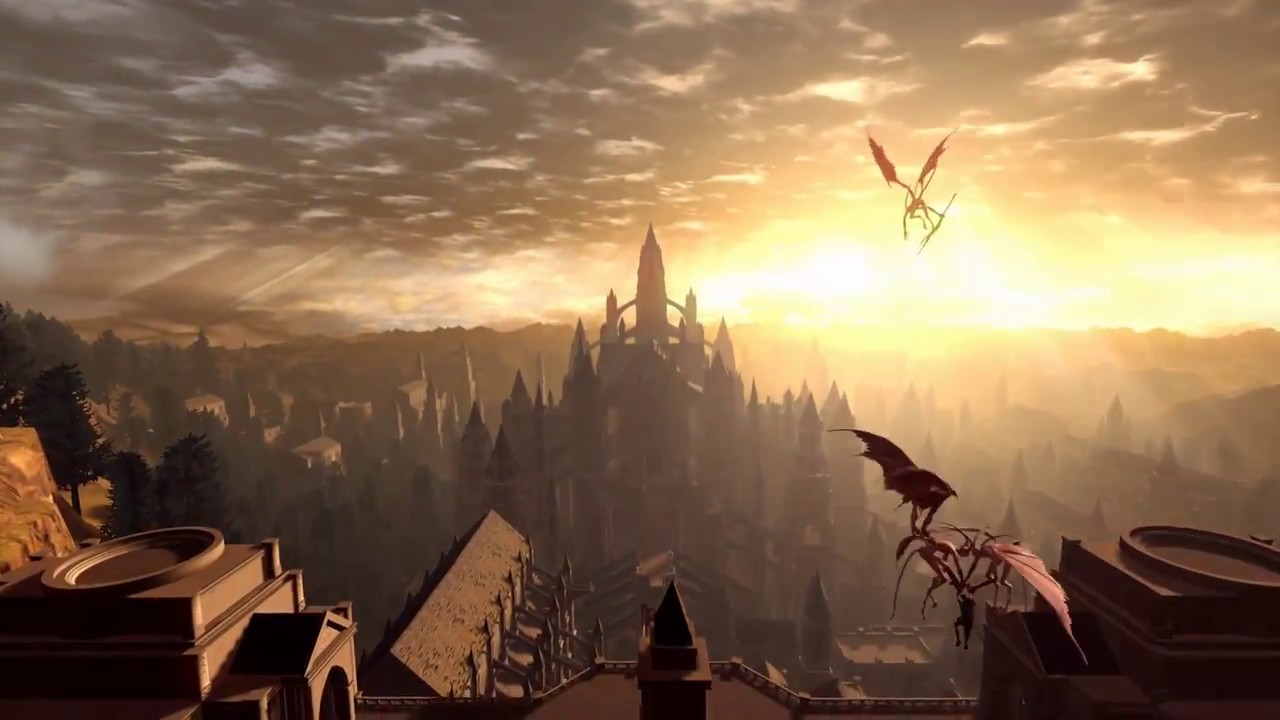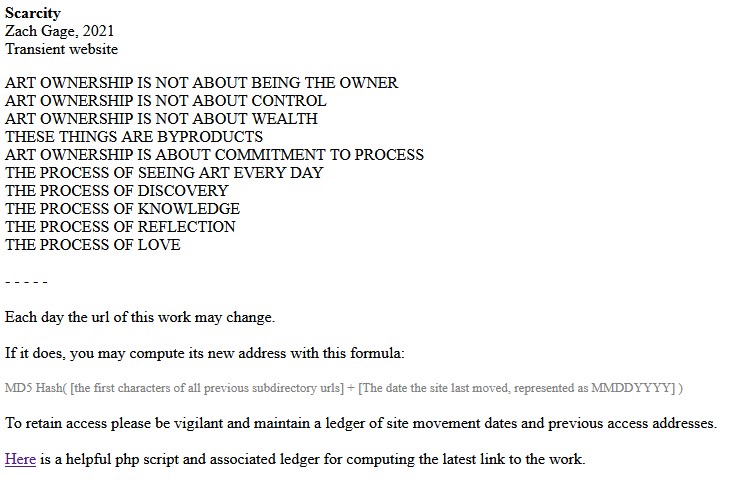
Speed Demons: Autosplitting Neon White
Playing through video games as quickly as possible, or “speedrunning”, is one of gaming’s oldest traditions. There’s no better way for one to demonstrate their impressive mastery of a game than by completing it at as fast as possible. An upcoming game called Neon White, developed by Angel Matrix and published by Annapurna Interactive, makes the challenge of speedrunning explicit by asking players to complete levels as quickly as possible. The demo for Neon White features plenty of interesting movement techniques, like being propelled forwards with grenade and rocket explosions....






